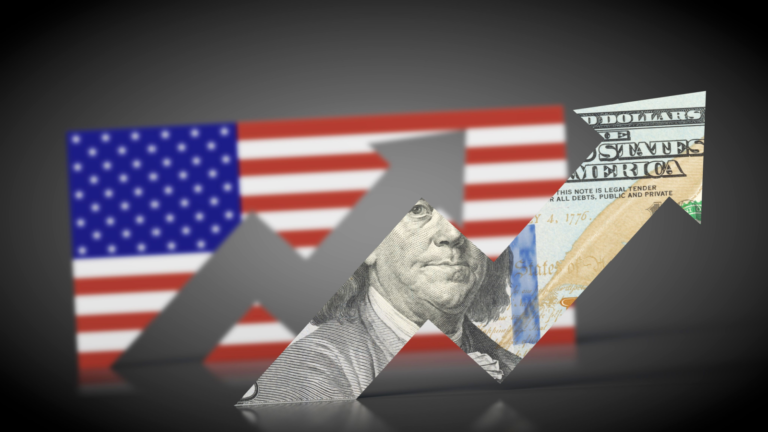Treasury Inflation-Protected Securities (TIPS) have long been a beacon for investors seeking shelter from the storm of inflation. They are a way for investors to attempt to keep up with the rising cost of goods. The interesting thing now is that TIPS are looking relatively weak, indicating that inflation protection is becoming less of a priority. This could have vast implications, as it could either signal disinflation or outright deflation ahead.
TIPS, the securities designed to hedge against inflation, adjust their principal value in line with the Consumer Price Index (CPI). When CPI rises, so does the principal value of TIPS, thus preserving the purchasing power of investor money. Reduced demand for TIPS indicates that investors may be less concerned about inflation or are seeking alternative strategies to manage risk.
What’s Going on With TIPS?
This waning interest could stem from a variety of causes. One possibility is the expectation that inflation may have peaked and that the Federal Reserve’s aggressive monetary tightening has already begun to take effect. This would curb the need for inflation-specific protection. Alternatively, it could suggest a shift in investor sentiment toward taking on more risk. Indeed, investors could be moving away from the traditionally conservative TIPS to potentially higher-yielding assets. There is an argument for this, given how credit spreads have plunged since early November.
But what if investors are wrong and are abandoning TIPS at the wrong time? Cutting rates too soon, while inflation might resurge, could undermine the progress made in stabilizing prices. As a result, this could lead to persistent inflation or even a wage-price spiral. On the other hand, delaying rate cuts might exacerbate a slowdown in economic activity, potentially tipping the economy into recession. The current trend suggests the latter, but as we know, trends can change very quickly.
This delicate balance between stifling inflation and supporting economic growth is further complicated by the lagged effects of past policy decisions. The full impact of rate increases often takes time to filter through the economy. If past rate cuts start to turn disinflation into outright deflation, it will present a whole new set of challenges. This could include the risk of a deflationary spiral that would be difficult to reverse.
Looking ahead to 2024, the potential range of outcomes with respect to inflation is indeed very wide. Predicting the exact trajectory of inflation is always difficult given the number of variables at play, from global supply chain issues and commodity prices to domestic wage pressures and consumer spending habits.
On one end of the spectrum, there’s the risk that inflation will pick up again, fueled by ongoing supply constraints and strong consumer demand. If inflation does not continue to moderate as expected, the Fed may have to maintain a hawkish stance for longer, potentially raising rates further or holding off on cuts to keep inflation in check. And so long as credit spreads remain narrow, there’s little justification to lower rates since the Fed often responds to default risk rising in the bond market more than anything else.
The Bottom Line
The point here is that while TIPS currently suggest that inflation is taking a backseat in investors’ minds, the situation could rapidly change. Whether inflation will be tamed or continue to challenge the market is a question only time will answer. The one thing I’m fairly confident about is that if TIPS continue to weaken aggressively relative to nominal Treasurys, it would suggest the Fed needs to cut rates quickly and aggressively. That seems like a nightmare in an election year.
Disinflation, deflation or resurging inflation this year? I’ll let you know in 2025.
On the date of publication, Michael Gayed did not hold (either directly or indirectly) any positions in the securities mentioned in this article. The opinions expressed in this article are those of the writer, subject to the InvestorPlace.com Publishing Guidelines.

